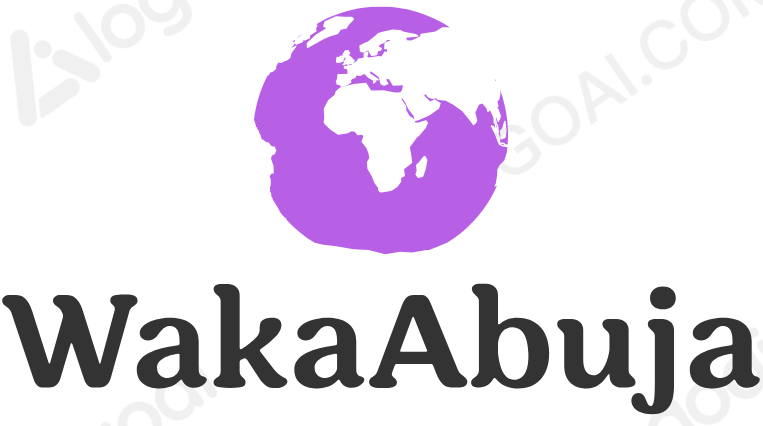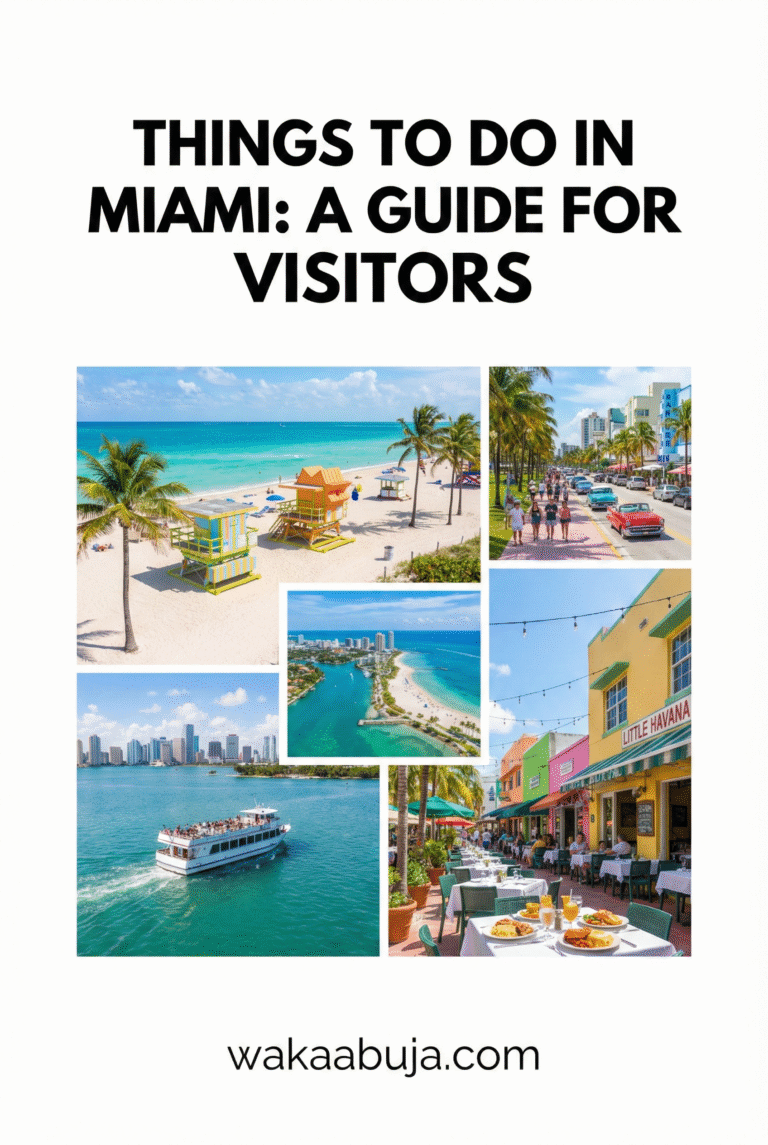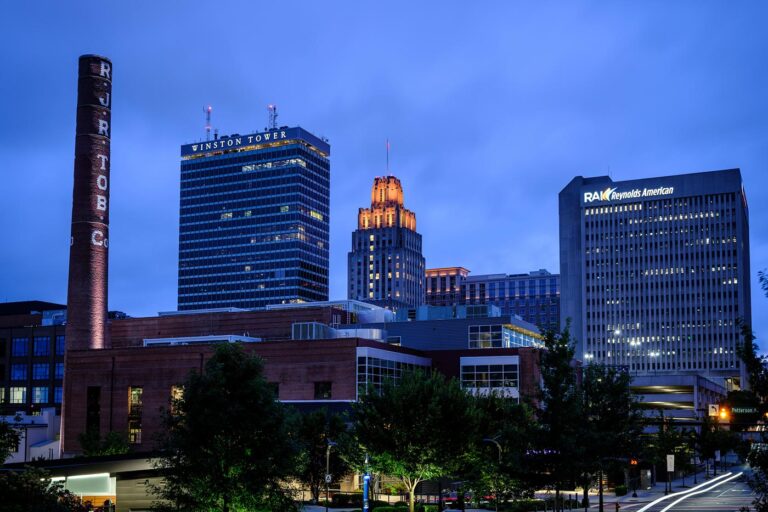What are The Things to Do in Chefchaouen, Morocco?: Your Ultimate Local’s Travel Guide
TL;DR—Quick Highlights for Chefchaouen Visitors
Chefchaouen, the enchanting Blue Pearl of Morocco, offers a magical blend of vibrant blue alleys, stunning mountain hikes, rich culture, and authentic Moroccan hospitality.
Don’t miss exploring the blue Medina, hiking to Akchour Waterfalls and the Spanish Mosque, savoring local tagines, and shopping for unique crafts. Visit in spring or autumn for the best weather, stay in a traditional riad, and budget around $50–$70/day for a comfortable trip.
Safety is good if you respect local customs and stay alert in busy areas. This guide covers everything from must-see spots and money-saving tips to how to get there and emergency contacts.
1. Wander the Iconic Blue Medina—A Photographer’s Dream
Stepping into Chefchaouen’s Medina is like entering a dream painted in every shade of blue—from pastel sky blues to deep navy. The narrow, winding alleys lined with blue-washed houses create endless photo opportunities and a peaceful atmosphere. I recommend starting early in the morning to avoid crowds and capture the soft light reflecting off the walls. Don’t miss the vibrant Place Outa el Hammam, the bustling town square filled with cafes and local life, perfect for people-watching and mint tea breaks.
Pro tip: Respect locals by asking permission before photographing people, especially elders and women. The blue color symbolizes peace and spirituality, a tradition maintained by locals repainting regularly.
2. Explore the Historic Kasbah and Its Gardens
The Kasbah is a restored fortress in the heart of the Medina featuring a lovely garden, a small ethnographic museum, and panoramic views from its towers. It’s a quiet oasis where you can learn about Chefchaouen’s history and culture. Entry is affordable (around 10 MAD/$1 USD), and the peaceful atmosphere contrasts beautifully with the lively Medina streets.
3. Hike to the Spanish Mosque for Spectacular Sunset Views
Just a 30-minute uphill walk from the Medina, the Spanish Mosque offers breathtaking panoramic views over Chefchaouen and the Rif Mountains. The hike is moderate but rewarding, especially timed for sunset when the blue city glows warmly under the golden light. Bring water and wear sturdy shoes—the trail can be rocky.
4. Discover Ras El Maa Waterfall—A Refreshing Local Spot
Located just outside the Medina’s northeastern gate, Ras El Maa is a small waterfall where locals often gather to wash clothes and socialize. It’s a serene spot to relax, dip your feet in cool water, and watch daily life unfold. Nearby cafes serve mint tea with views of the cascading water.
5. Take a Day Trip to Akchour Waterfalls and God’s Bridge
About 30 km from Chefchaouen, Akchour is a natural wonder with emerald pools, dramatic waterfalls, and the famous natural rock arch called God’s Bridge.
The hike through shaded forest trails alongside rivers is peaceful and scenic. I recommend packing a picnic or enjoying a tajine at a local café after your trek. This is a perfect escape for nature lovers and adventure seekers.
6. Savor Authentic Moroccan Cuisine at Local Eateries
Chefchaouen is a delight for foodies. Try traditional dishes like tagine, couscous, and b’stilla at rooftop restaurants overlooking the Medina. Don’t miss sipping freshly brewed Moroccan mint tea—a local ritual. Plaza Uta el Hammam hosts many excellent cafes and restaurants where you can enjoy both local flavors and friendly ambiance.
7. Shop for Unique Handicrafts and Souvenirs
The Medina’s souks offer beautiful artisanal products, including woven blankets, leather goods, pottery, and colorful textiles. Bargaining is expected and part of the fun.
I found some exquisite handwoven rugs and traditional slippers at reasonable prices. Shopping here supports local artisans and helps preserve Moroccan crafts.
Where to Stay—Traditional Riads or Boutique Hotels
For an authentic experience, stay in a riad—a traditional Moroccan house with a central courtyard. Favorites include Dar Echchaouen and Lina Ryad & Spa. These offer a blend of historic charm and modern comfort, often with rooftop terraces overlooking the blue city. Prices range from $50 to $100 per night depending on the season and amenities.
Practical Tips: How to Get Around, When to Visit, and Budgeting
Getting Around
Chefchaouen’s Medina is best explored on foot due to narrow streets. For day trips, taxis or arranged tours are convenient. Local buses connect Chefchaouen with Tangier and Fes.
Best Time to Visit
Spring (March-May) and autumn (September-November) offer mild weather and fewer tourists. Summers can be hot, winters cool but manageable.
Budget & Costs
Daily budget for mid-range travelers: $50–$70, including accommodation, meals, and local transport. Entry fees to main sites are low or free.
Safety and Emergency Contacts
Chefchaouen is generally safe for tourists. Respect local customs, dress modestly, and be cautious with belongings in crowded markets.
Emergency Contacts:
- Police: +212 539 981 111
- Medical Emergency: +212 539 981 222
- Tourist Police: +212 539 981 333
How to Get to Chefchaouen
Chefchaouen is accessible by bus or taxi from major Moroccan cities:
- From Tangier: Regular buses (CTM, Supratours) take about 2.5 hours.
- From Fes: Buses and shared taxis are available; the journey is around 4 hours.
- From Casablanca or Marrakech: Travel first to Tangier or Fes, then connect to Chefchaouen.
Tours and Experiences to Consider
To maximize your visit, consider guided tours that include:
- Walking tours of the Medina with local guides explaining history and culture.
- Day hikes to Akchour Waterfalls and God’s Bridge with transport included.
- Culinary tours featuring Moroccan cooking classes and market visits.
Booking through reputable platforms like Viator or GetYourGuide ensures quality and safety.
How Long Should You Stay in Chefchaouen?
For a fulfilling experience, plan to stay at least 2-3 full days. This allows time to explore the Medina, enjoy local cuisine, hike nearby natural attractions, and relax without rushing.
Longer stays let you immerse yourself in the culture and perhaps take day trips to surrounding villages or the Rif Mountains.
Frequently Asked Questions (FAQs)
Is Chefchaouen safe for solo travelers?
Yes, Chefchaouen is generally safe for solo travelers, including women. Basic precautions like dressing modestly, avoiding poorly lit areas at night, and safeguarding belongings are advised.
What is the best time of year to visit Chefchaouen?
The best times are spring (March to May) and autumn (September to November), when temperatures are mild and comfortable for walking and hiking.
How much does a typical meal cost in Chefchaouen?
A traditional Moroccan meal at a local restaurant typically costs between 40 and 80 MAD ($4-$8 USD), depending on the dish and venue.
Are there guided tours available in English?
Yes, many local guides and tour companies offer English-speaking tours covering the Medina, hikes, and cultural experiences.
Can I use credit cards in Chefchaouen?
While some hotels and larger shops accept credit cards, many small vendors and restaurants prefer cash (Moroccan Dirham). ATMs are available in town.
Final Tips & Personal Insights
From my visits, the magic of Chefchaouen lies in slowing down—wandering without a strict itinerary, chatting with locals over mint tea, and letting the blue hues calm your spirit. Carry comfortable shoes, a camera with extra batteries, and a reusable water bottle. Bargain warmly but fairly in the markets, and always respect the cultural norms. This town’s charm is timeless, and every visit feels like coming home to a peaceful, colorful dream.
Disclaimer: WakaAbuja has made every effort to ensure that the information in this post was correct at the time of publication. However, we do not assume any liability caused by errors such as pricing, hours, or location details. Please consult official websites or social media pages for the most up-to-date information.




